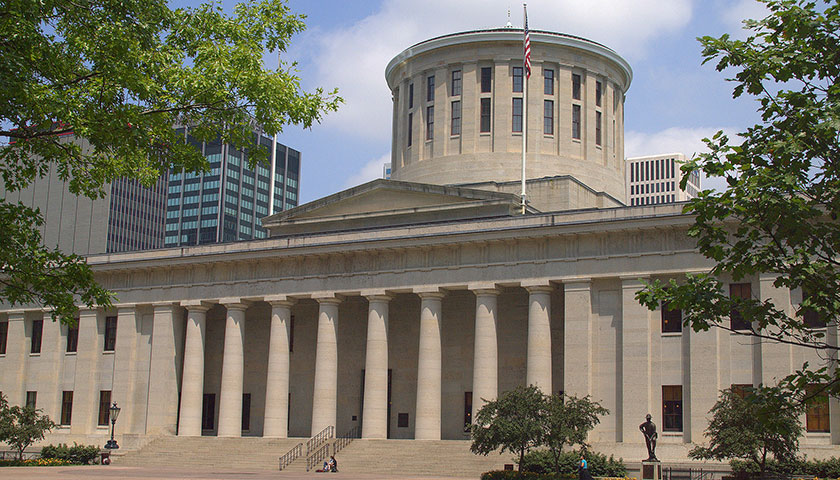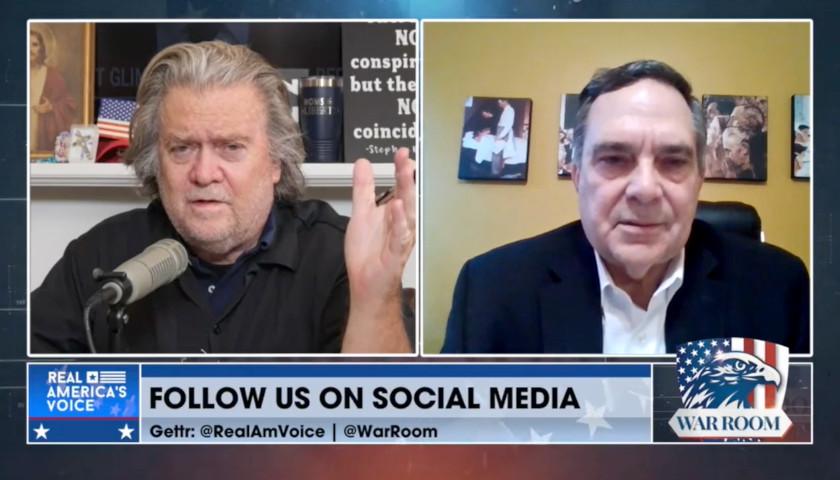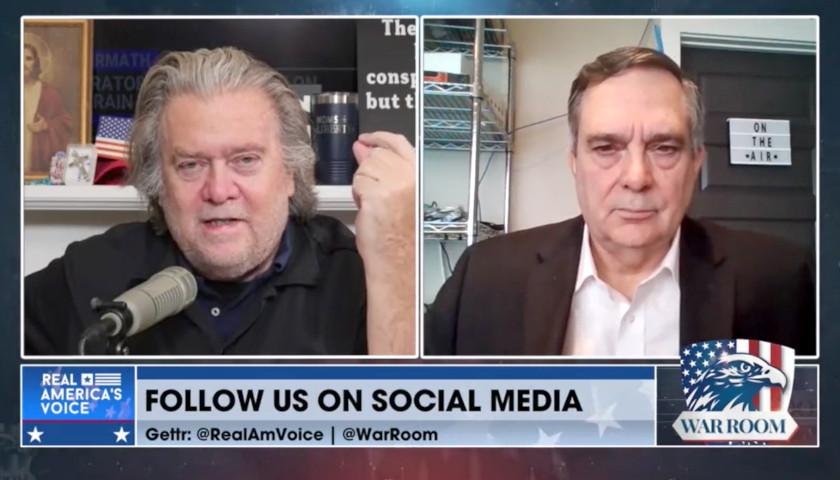State Senators Terry Johnson (R-District 14) and Rob McColley (R-District 1) introduced Senate Bill 22 Tuesday, a proposed law aimed at providing oversight to the emergency declarations made by the governor, as well as the governor’s and health orders that flow from the state of emergency.
SB22 gives the legislature the authority, by passing a joint resolution, to immediately rescind a public health state of emergency declaration, as well as related rules and orders.
The bill would also put a 30-day limit on a public health state of emergency. That time can be extended only by a joint resolution approved by the house and senate.
If SB22 becomes law, it will establish the Ohio Health Oversight and Advisory Committee (OHOAC) – a joint body made up of five senators (three from the majority party, two the minority) and five representatives (three from the majority, two the minority) – appointed by the Senate President and Speaker of the House, respectively.
OHOAC would have the authority to review all orders and rules related to a public health state of emergency, including the power to rescind orders and rules, by a simple majority vote in the committee, 10 days after they are enacted.
For example: if the Ohio Department of Health issues a new order related to COVID and the legislature does not rescind the order through a joint resolution, the OHOAC has the say-so to throw out the order on day 11.
SB22 also states that whether the General Assembly rescinds an emergency declaration by joint resolution or the OHOAC strikes down a rule or order, a substantially similar declaration, order or rule cannot be made for 90 days.
This bill restores the natural balance of power,” said SB22 primary Senator Rob McColley (R-District 1). He continued “[i]n my view, it’s important to remember the power the Governor is using started March 9 of last year when he declared a state of emergency and he used that power granted under the state of emergency to approve the stay-at-home order, masking order, and to decide which businesses were essential – all arising from his power under a state of emergency. That is power traditionally reserved for legislature, the power to make laws. The Governor is not making laws, per se, but the rules and orders have the affect of law. The Governor is de facto making laws. And in as many as 23 other states similar checks and balances are being put in place – red states, blue states, big states, small states. They understand power is immense and not intended to be used indefinitely. Separation of powers means not one branch having authority for a great length of time.
If the governor does declare a public health emergency, SB22 would require that the chief executive report to the President of the Senate and the Speaker of the House every action the governor takes in response to the health state of emergency, by the day after.
The OHOAC also has the power to subpoena witnesses and documents – to call before the committee people and the information backing their initiatives.
“I don’t know that he [Governor DeWine] will agree with what we’re doing with the oversight committee – with the subpoena authority, ability to review decisions and rescind – but we as a legislative body should be involved in the process, where we’ve been left out the past eight months,” said Ohio State Senator Andrew Brenner (R-District 19).
SB22 defines the terms quarantine and isolation with respect to ODH authority to prevent the spread of contagious or infectious diseases.
“Isolation” means the separation of one or more individuals who has been medically diagnosed with a communicable or contagious disease from other individuals who have not been medically diagnosed with the disease.
“Quarantine” means the separation or restriction of movement of one or more individuals who have come into direct contact with someone who has been medically diagnosed with a communicable or contagious disease.
If this becomes law, the ODH would not be allowed to reinstitute general stay-at-home orders as the agency did in March 2019.
Brenner noted one of the bill’s primary sponsors is Senator Terry Johnson (R-District 14), a doctor – as is cosponsor Senator Steve Huffman (R-District 5). Brenner said he suspects there are more than enough votes to override the governor if he vetoes – that would require 20 “yes” votes. The Senate is comprised of 25 Republican lawmakers and 8 Democrats.
“The ultimate goal when we are working with this legislation is to make sure it passes with veto-proof majority,” said McColley. He continued, “[i]t is imperative that the legislature recognize this as a restoration of the natural separation of powers in our government. If we do not pass this bill, my fear is the separation of powers will be imbalanced going forward.”
But McColley expects a “swift passage of this bill out of the Senate.”
For the bill to pass with a veto-proof majority in the House, it would require 60 members to vote yes on the bill. Currently, the House has 64 Republicans and 35 Democrats.
Ohio State Senate Minority Leader Kenny Yuko (D-District 25) was contacted for comment but through a spokesperson from the Ohio Senate Democratic Caucus, Yuko declined.
SB22 is currently in the Government Oversight and Reform Committee where proponent and opponent testimony will be heard before the proposed law makes its way to the Senate floor.
– – –
Jack Windsor is Statehouse Reporter at The Ohio Star. Windsor is also an independent investigative reporter. Follow Jack on Twitter. Email tips to [email protected].








